Squirrel holes in your lawn are not just nuisances; they are significant elements that influence ecosystem dynamics . These shallow burrows, typically about two inches in diameter, serve squirrels for shelter and storage, impacting soil structure , nutrient dynamics , and plant health . The alteration of the soil can lead to increased erosion, disrupted water runoff, and reduced fertility, affecting overall plant diversity and ecosystem stability. Proper understanding and management of squirrel activity are essential for maintaining lawn health and ecosystem balance. Learning further about these impacts offers insights into effective strategies for wildlife management and lawn care.
Squirrel Behavior Insights
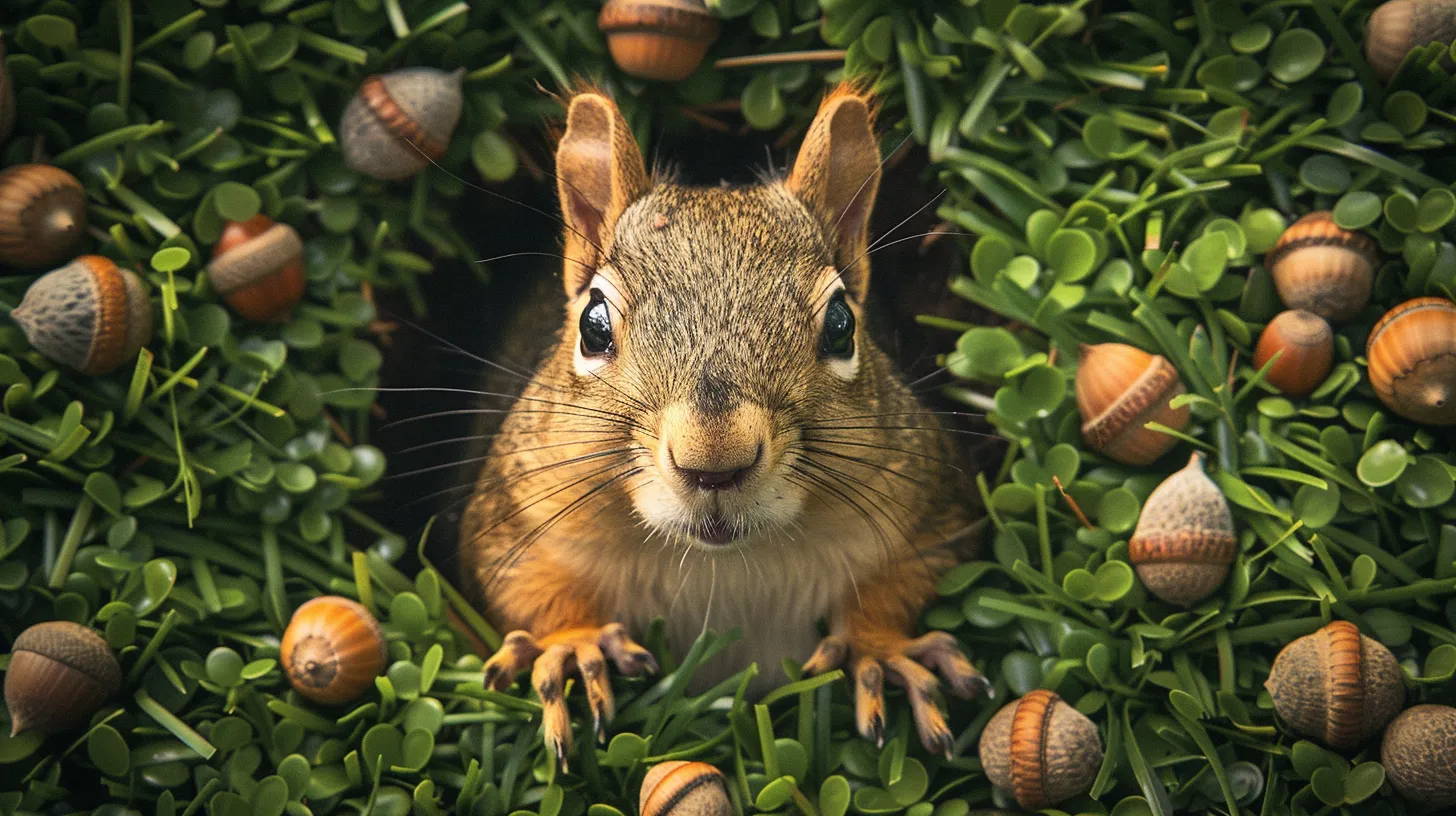
Understanding the various behaviors exhibited by squirrels, such as foraging and nesting , is essential for managing their impact on your lawn. Squirrels are primarily driven by the need to secure food and shelter, which greatly influences their activity in residential areas. Their foraging behavior involves searching for fruits, nuts, and seeds, which are staples in their diet . This quest for nourishment can lead to squirrels digging in gardens and lawns , as they either look for food that has fallen or they attempt to store provisions for later use.
Nesting is another critical aspect of squirrel behavior that homeowners should be aware of. Squirrels typically build their nests in trees using materials such as twigs and leaves. However, if natural nesting sites are scarce, they may find alternative spots closer to or on human dwellings. Additionally, squirrels are territorial animals. They engage in marking behaviors , which include scratching, biting, and leaving scent marks to establish their domain and ward off intruders.
These behaviors, while natural to squirrels, can lead to conflicts with homeowners , as they affect the health and appearance of lawns and outdoor spaces. Understanding these patterns is the first step in developing strategies to coexist with these agile creatures while protecting your property.
Identifying Squirrel Holes
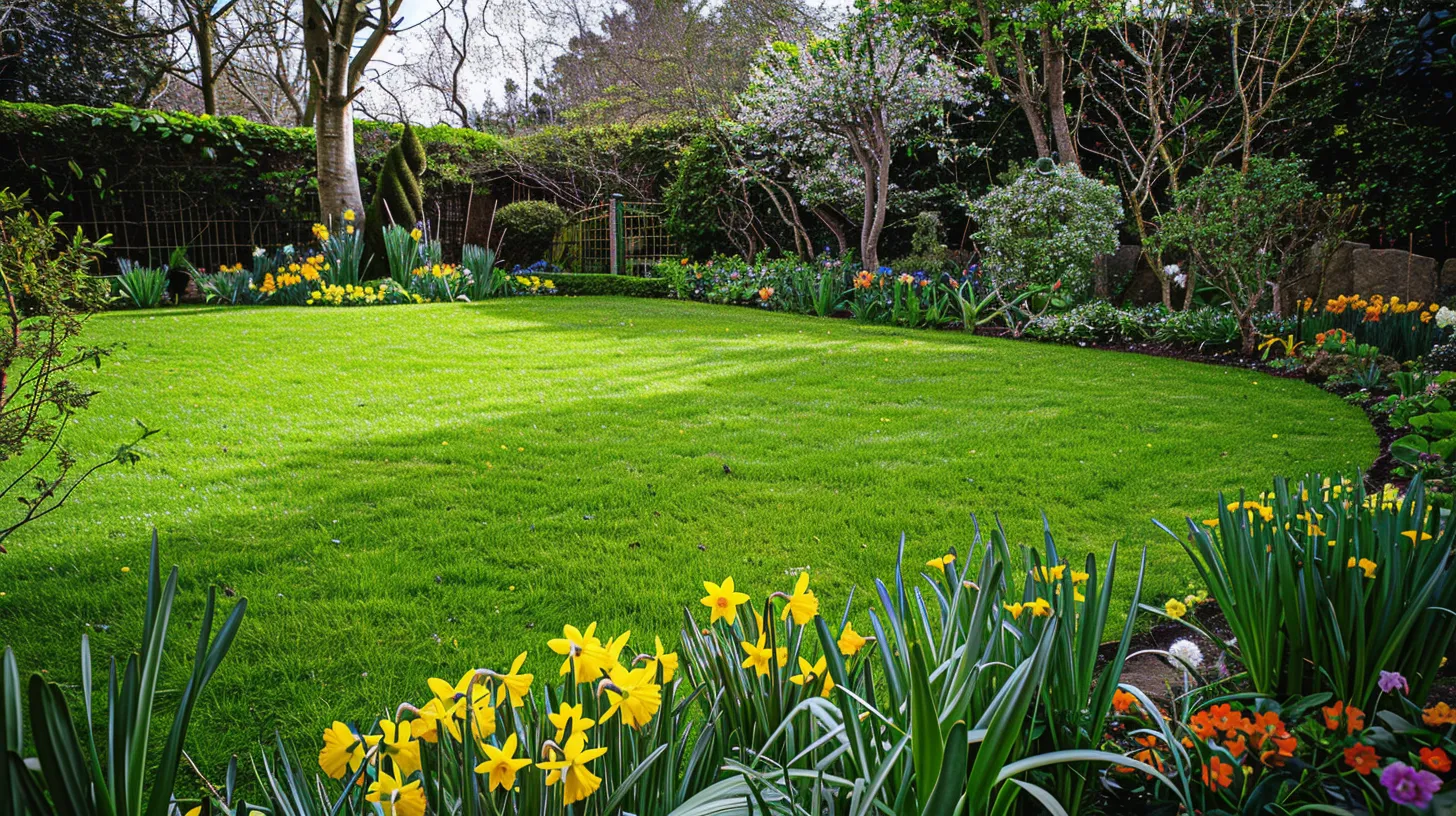
Recognizing the presence of squirrel holes in your lawn, typically about two inches in diameter and shallow , is crucial for evaluating potential impacts on your property's structure and landscape. These squirrel holes, often devoid of piled soil around their entrances, serve as a clear indication of squirrel activity and potential underground networks . The specific size and shape of these holes are distinct markers of squirrels, differentiating them from other wildlife burrows.
Squirrels utilize these holes primarily for shelter and food storage . The difference between food storage holes and shelter burrows is notable; food caches are frequently smaller and less complex compared to the extensive tunnel systems developed for shelter. These tunnel systems can stretch over 30 feet, weaving beneath the ground and potentially undermining structural stability . Identifying these holes early can help in preventing possible damage to foundations and landscapes.
Moreover, the strategic placement of these holes by squirrels in your yard is not arbitrary. They are meticulously planned to secure a steady food supply during the harsh winter months when food is scarce. Recognizing these signs and understanding their function within the squirrel's daily activities is essential for managing and coexisting with these agile creatures in suburban and rural settings.
Ecological Impact of Squirrels

While often overlooked, the ecological impact of ground squirrels on Arctic ecosystems is profound, influencing soil characteristics and nutrient dynamics to a considerable extent. These small rodents engage in extensive burrowing activities that greatly alter the physical structure of the soil. This alteration affects both carbon cycling and decomposition processes, which are essential for the maintenance and functioning of these fragile ecosystems.
Ground squirrels contribute to the thawing of permafrost, a process exacerbated by their digging. This thawing leads to changes in the vegetation patterns , particularly in shrub communities, which further influences the overall ecosystem dynamics. The impact of these animals is not merely limited to physical changes; they also play an important role in the cycling of nutrients. By burrowing, ground squirrels enhance soil respiration rates , which affects nutrient availability and distribution.
Current research efforts are focused on quantifying these impacts more precisely. Understanding how ground squirrels influence soil respiration and nutrient dynamics is crucial for managing natural resources and developing conservation strategies in the Arctic. This knowledge is essential for predicting how Arctic ecosystems will respond to environmental changes and for planning sustainable interactions with these habitats.
Prevention Strategies for Squirrels
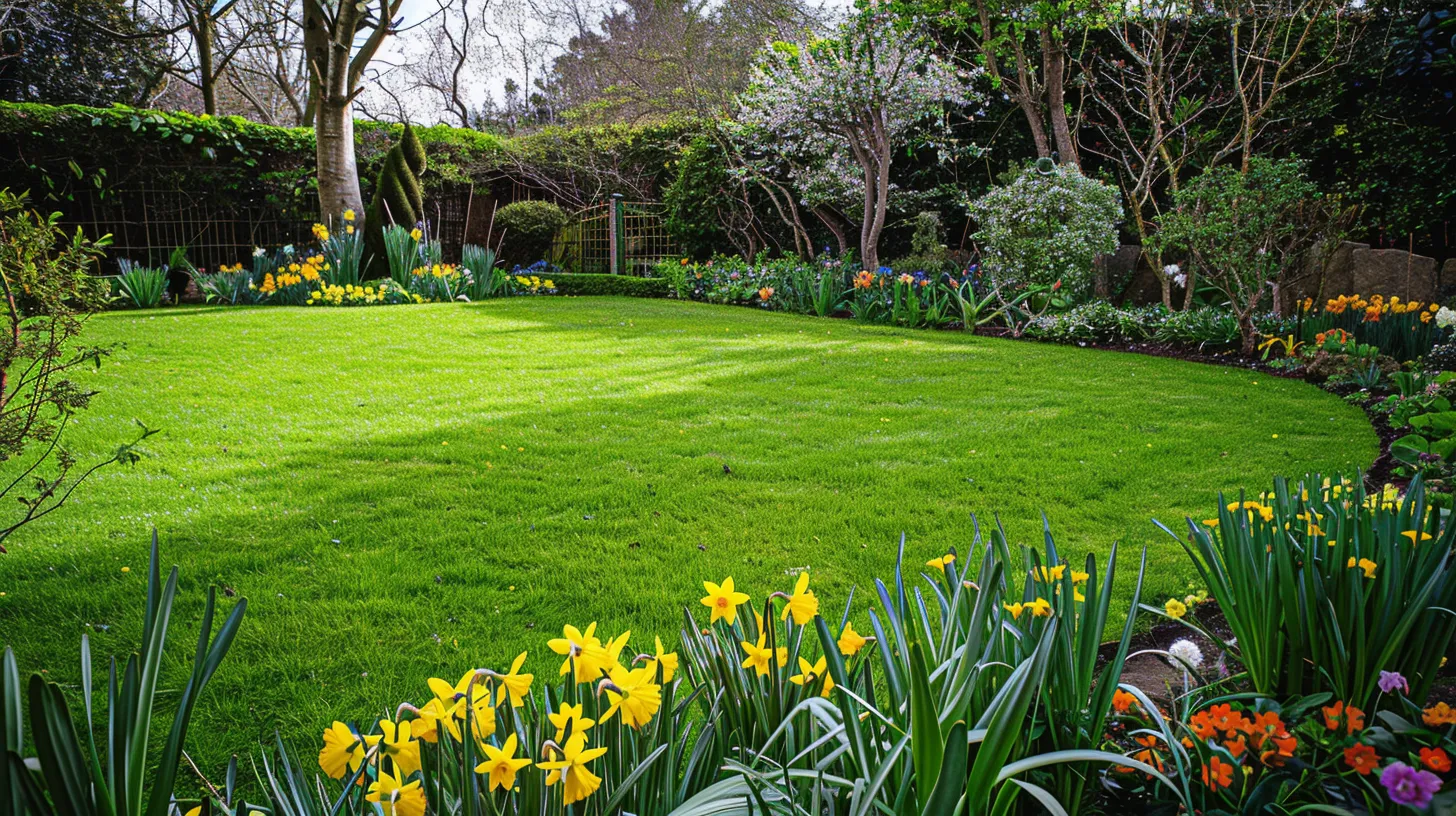
Given the important role ground squirrels play in altering Arctic ecosystems, it is equally crucial to implement effective prevention strategies to manage their presence in residential areas. One fundamental approach is the elimination of attractive food sources . Removing bird feeders, cleaning up fallen fruits, and securing garbage can greatly reduce the appeal of your lawn to squirrels. Additionally, the installation of physical barriers can be highly effective. Wire mesh or fences , particularly those buried a few inches below the surface, can prevent squirrels from digging and nesting in your yard.
Moreover, employing natural deterrents offers an environmentally friendly option . Sprinkling chili powder around the lawn or using predator urine can create an inhospitable environment for squirrels, deterring them from establishing residence. For those facing persistent issues, seeking professional pest control services can provide tailored solutions that are both effective and humane.
Lastly, modifying the landscape by removing clutter and minimizing dense vegetation can make your yard less inviting to squirrels. By maintaining a clean and open lawn, the habitat becomes less conducive to squirrel activity, thereby helping to maintain the balance of your local ecosystem without resorting to harsh measures.
Repairing Squirrel-Damaged Lawns
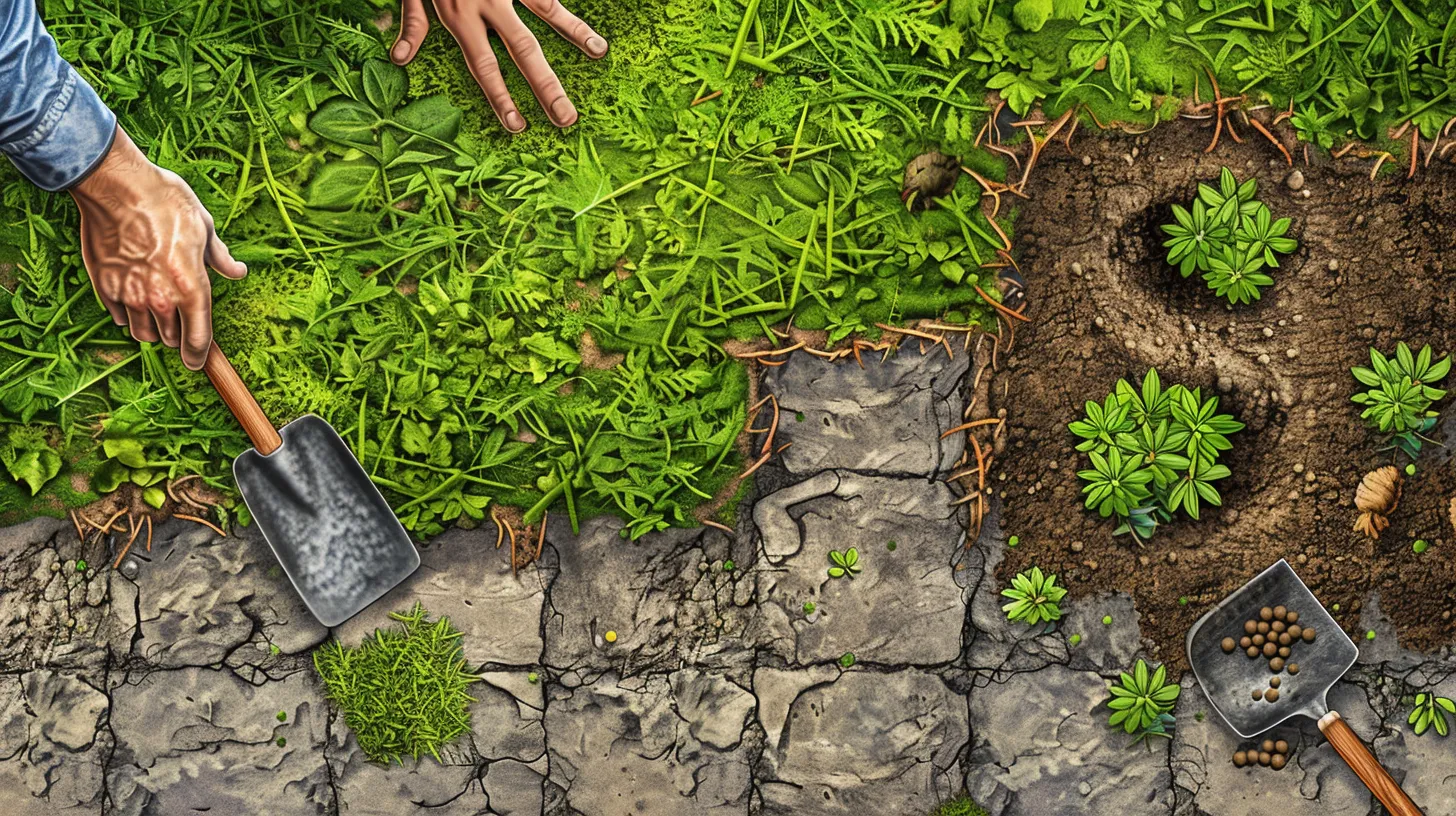
To effectively repair squirrel-damaged lawns , it is important to start by filling the holes with topsoil and sowing fresh grass seeds . This initial step not only helps to restore the lawn's appearance but also reinstates its structural integrity . Squirrel damage typically manifests as small, scattered holes and uprooted patches. Promptly addressing these areas prevents further deterioration of the turf, which can lead to more extensive lawn damage if left untreated.
Maintaining a healthy lawn after these repairs is essential. A robust, well-maintained turf is less inviting to squirrels, thereby reducing the likelihood of recurrent damage. This includes regular watering, fertilizing, and appropriate mowing, which collectively enhance the lawn's resilience against pests and natural wear.
In cases of severe damage, where DIY restoration efforts might be inadequate, seeking professional assistance is advisable. Lawn care professionals can offer tailored solutions that not only repair the damage but also fortify the lawn against future disturbances. Additionally, understanding the behavioral patterns and nesting habits of squirrels can guide the implementation of more targeted repair strategies, ensuring that the restoration efforts are both effective and enduring. This nuanced approach helps in managing the ecosystem dynamics intricately linked with the presence of squirrels in residential areas.
Squirrel Control Techniques
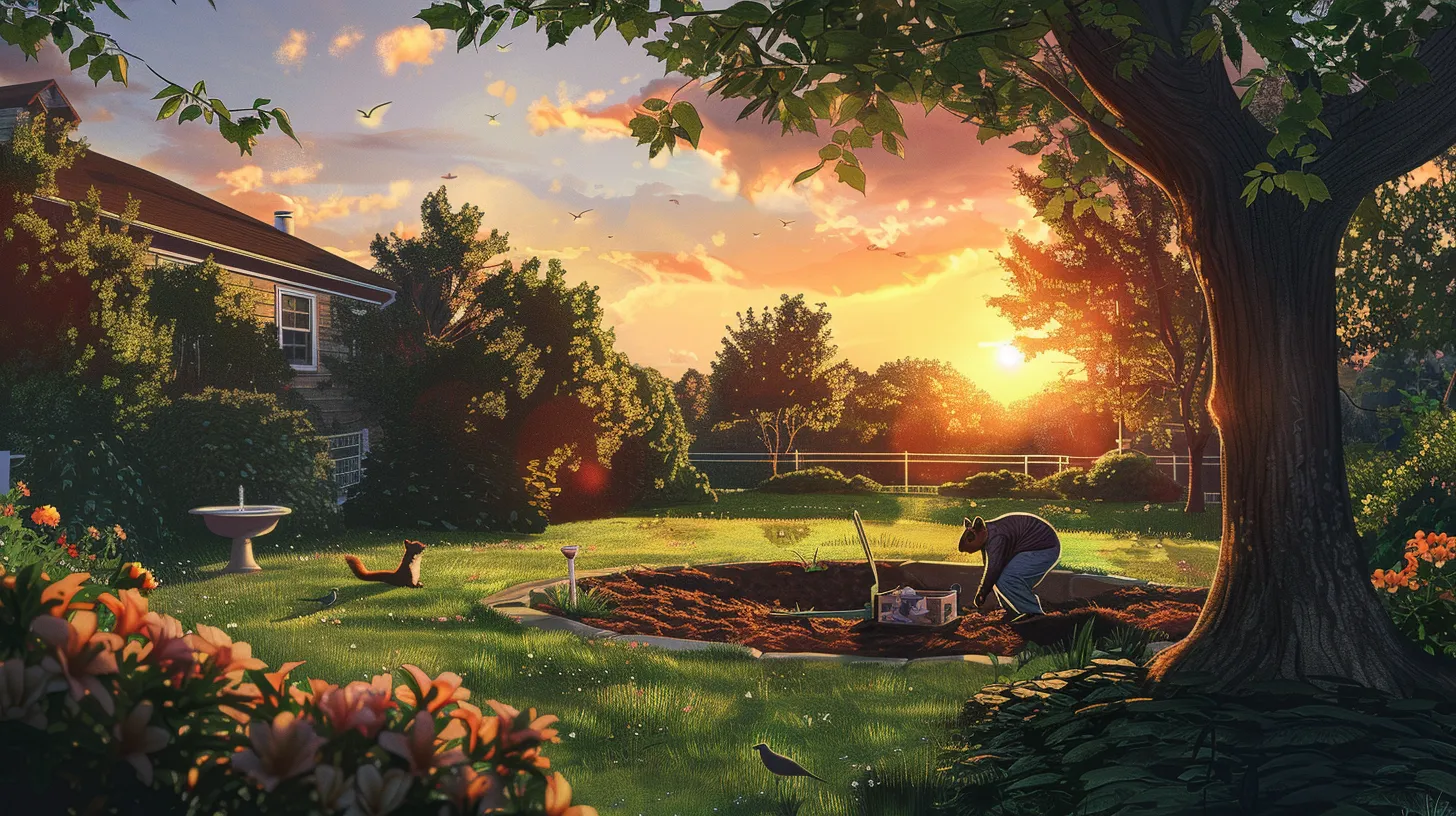
Effective squirrel control techniques are vital for preventing recurring damage and maintaining the health of your lawn. Professional squirrel control services provide a holistic approach, offering tailored solutions specifically designed to address squirrel-related challenges. By conducting thorough evaluations, experts can identify the most efficient strategies, which often include the installation of physical deterrents and the careful management of food sources that attract squirrels.
These professionals employ humane trapping and relocation methods to tackle existing squirrel populations, ensuring that native species are not negatively impacted. This approach not only aids in controlling the squirrel population but also supports the balance of the local ecosystem by minimizing disruption to other wildlife.
Additionally, follow-up visits are an essential component of professional squirrel control services. These visits ensure the long-term effectiveness of the implemented measures and allow for adjustments based on the evolving dynamics of squirrel activity in the area. For homeowners facing severe squirrel damage , seeking professional help is crucial not only to restore the lawn but to prevent future infestations and preserve the overall health of their outdoor environment. This proactive stance helps maintain the delicate balance between human residential areas and native wildlife habitats.
Understanding Lawn Ecosystems
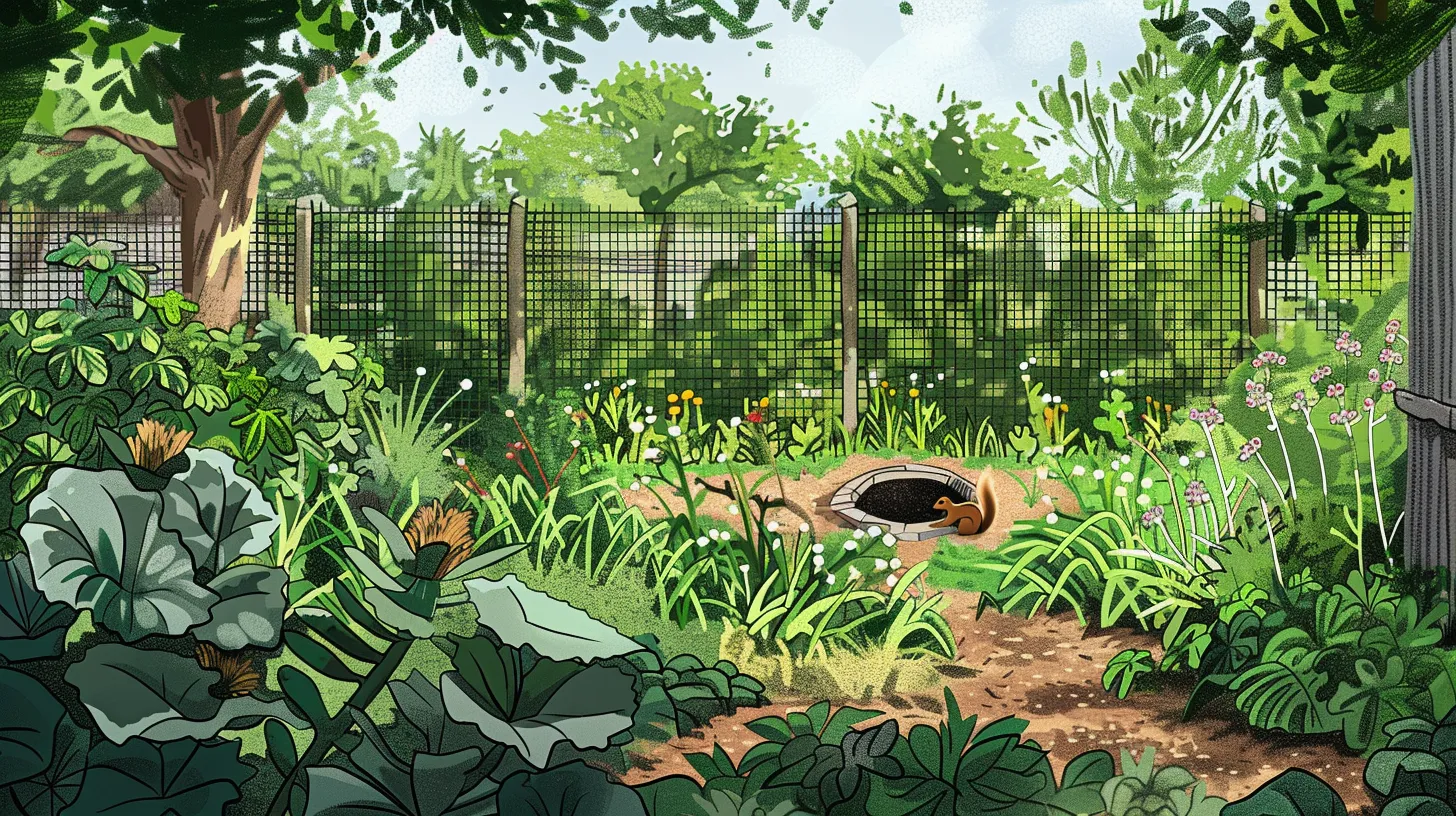
How do squirrel holes impact the delicate balance of your lawn's ecosystem?
When squirrels dig into the soil to store food or create burrows, they inadvertently alter the lawn's structure . These alterations can lead to significant shifts in soil composition and nutrient distribution , which are essential for supporting a diverse range of plant life. By disrupting the soil, squirrel holes can enhance soil erosion and water runoff . This not only deprives plants of necessary hydration but also leads to a reduction in soil fertility over time.
Moreover, the physical presence of these holes affects the root systems of plants. The stability of the ground surface becomes compromised, which can weaken plants and reduce their ability to thrive. This disruption in plant health directly impacts the broader ecosystem of the lawn, including the microorganisms that depend on healthy plant roots for survival.
Additionally, the openings created by squirrels may serve as an invitation to other pests that can further disturb the ecological balance . Understanding these impacts is vital for anyone looking to maintain a healthy and vibrant lawn ecosystem. Addressing the challenges posed by squirrel activity is essential for preserving the intricate web of life within your lawn.
Wildlife Interaction With Lawns
Interacting with lawns, wildlife such as squirrels not only disrupts the aesthetic and structural aspects but also poses significant challenges to the ecosystem's balance . Squirrel holes , for instance, are not just unsightly; they represent a complex interaction between wildlife and human-managed environments. These small excavations can compromise the integrity of the landscape, making areas uneven and potentially hazardous. Additionally, the act of digging and foraging by squirrels can damage grassroots and plants, leading to further deterioration of the lawn's health and appearance.
The impact of squirrel activity extends beyond physical damage. By burrowing and creating holes, squirrels may disturb underground root systems , negatively affecting the nutrient uptake of plants and the overall soil structure. This disruption can lead to weakened vegetation and reduced biodiversity within the lawn ecosystem. Understanding these dynamics is essential for devising effective wildlife management strategies that protect both the aesthetic qualities of lawns and their ecological functions .
Consequently, the interaction between squirrels and lawns exemplifies the broader challenges of managing wildlife in suburban and urban settings. Effective solutions require a balance between preserving natural animal behaviors and maintaining the health and beauty of lawn environments.
Enhancing Yard Resilience
To enhance yard resilience, it is important to identify and promptly repair squirrel holes to prevent further damage. These seemingly minor disturbances can escalate, affecting the lawn's aesthetics and structural integrity. By filling these holes with topsoil and grass seeds , homeowners can maintain a lush, even surface. This not only improves the appearance but also prevents hazards that could arise from uneven ground.
Implementing preventive measures plays a significant role in controlling the creation of squirrel holes. Installing wire mesh beneath the soil surface or placing scarecrows strategically around the yard can effectively deter squirrels. Additionally, integrating squirrel-resistant plants or utilizing natural deterrents like peppermint oil can discourage squirrels from invading the space.
Regular inspection for signs of squirrel activity, such as disturbed soil or new holes, is important. Early detection allows for immediate action, reducing the potential for extensive damage. By adopting these strategies, homeowners can preserve the health and beauty of their lawns, enhancing resilience against squirrel-related disruptions. This proactive approach not only safeguards the yard but also contributes to the broader ecosystem by maintaining balance and preventing overpopulation of squirrels.










